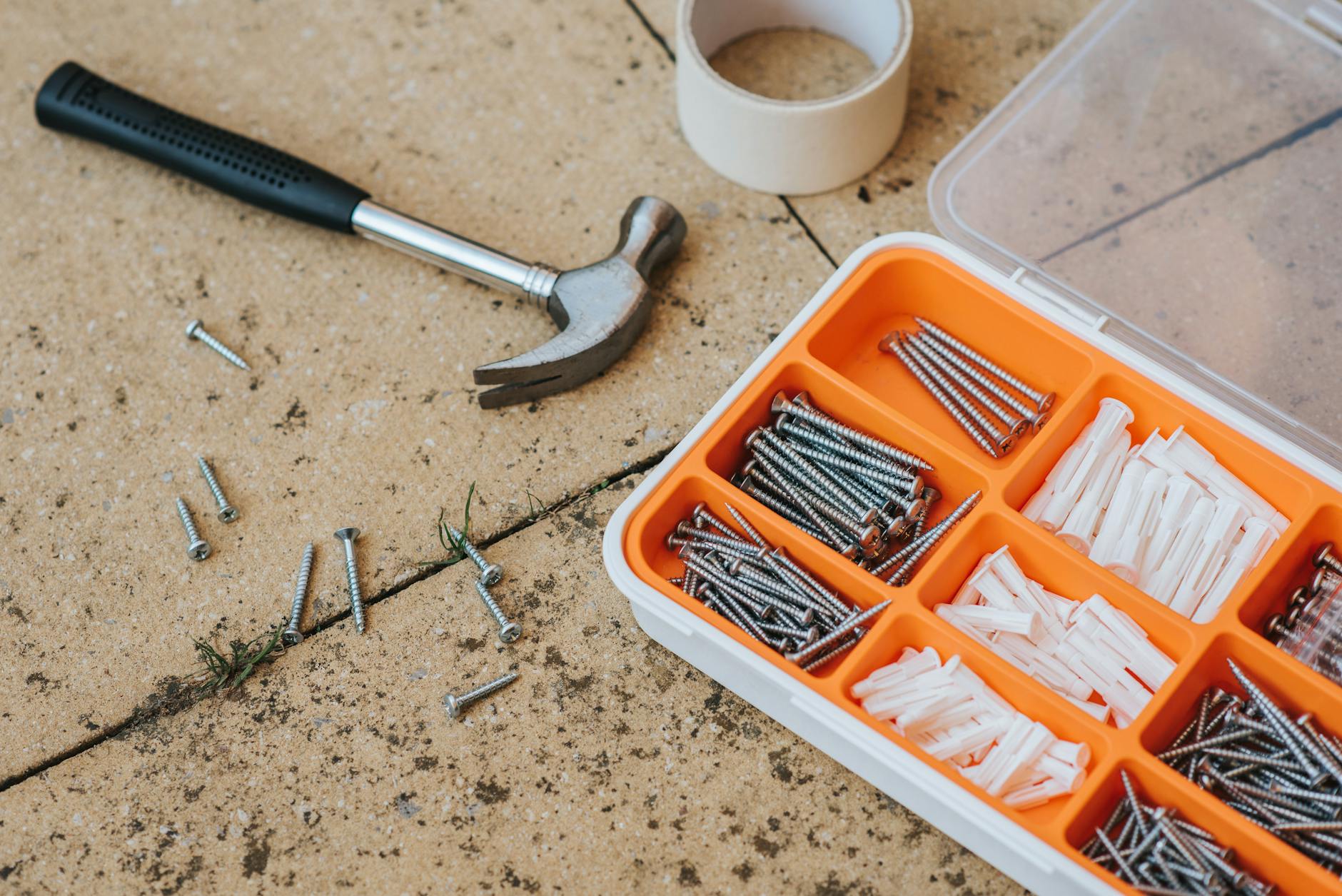Ok, if you are setting up a large installation and have to use wired because the system does not support wireless for things like GPS RTK systems or there are jitter problems on WiFi, then you are going to need some long-ass cables. So how long can you actually go:
- USB Cables. The main thing here is how fast you want the communications to be and the wires are the same for both USB-IF and Thunderbolt.
- USB 3.1 Gen 2 The USB IF says that if you want USB C to USB C and you want 3-5A then you have to have a 1-meter cable to support USB 3.1 Gen 2 which is 10Gbps. The 2×2 version supports 20Gbps on the same length
- USB Cables USB 3.1 Gen 1 which runs at 5 GBps can be up to 3 meters.
- USB Cables that only need USB 2.0 which runs at 480Mbps can be a whopping 5 meters (about 20 feet long).
- USB 4.0 at 40Gbps is 0.8m
Active USB Cables
You can get cables which are active and they provide additional power:
- USB Cables 3.1 Gen 2 cables. You can go from 1 meter to 30m meters with an active cable that repeats the signal. This requires power but is $100 to go 100 feet from MutecPower. These are USB a female to male USB a so you need an adapter on each side as these are basically cable extenders, so for USB C connection, you need a USB C male to USB A male for $8 and then on the other side you need USB A female to USB C male for $8.
- Thunderbolt 3 cables allow up to 40Gbps at 2 meters with an active cable
Ethernet Cables
Ethernet cables also have a variety of maximum lengths that depend on the protocol and also the category of the cable used:
- Absolute maximum lengths are the same for Cat 5e, Cat 6 and Cat 6A which is 100 meters or 328 feet at 68F ambient with a solid copper cable that is 22-24 AWG in thickness
- Stranded cable should only be used up to 75 feet
- Ultra thin patch cable which is normally 28 AWG should not exceed 49 feet.
Some good choices are from Cable Matters that come in 200 foot Cat 6A terminated for $50 and 100 feet for $29.
What’s all this then about Cat 5e, 6 and 6a
OK there is a lot of misinformation about what these mean, but basically, Cat 5 is limited to 10BaseT or 100Mbps, Cat 6 to 1000BaseT or 1Gbps. You will probably never need these, but there is a kinda standard which uses a non-standard connector the GigaGate 45 Cat 7 at 10Gbps and typically costs 40% more than Cat 6 because it each pair is shielded so it is big and thick. It runs at 600Mhz vs 250 Mzhs in Cat 6 and can run 40Gbps at 10 meters.
Cat 8 at 40Gbps pushes the bandwidth to 2Ghz and can be terminated in RJ45 or non-RJ45. It is shielded like Cat 7. At these higher rates, it is limited to 30M.
But most of the time Cat 6a is going to be all you ever need.
As an aside Cat 5 only uses two wire pairs even though it has four total pairs (eight wires) which is why is 100Mbps only. So Cat 5e is the budget choice, it supports 1Gbps Ethernet to 100m. And with today’s modern switches, you can run Cat 5e at 10GBaseT at over 45 meters with Cat 5e so even the lowly Cat 5e is pretty useful in most circumstances
If you want to future-proof, then for not much more money, Cat 6a which enables 10Gbps Ethernet at up to 100 meters. Cat 6 in contrast supports 10 Gbps to 50m. So if you are doing new installations you might as well install Cat 6a






